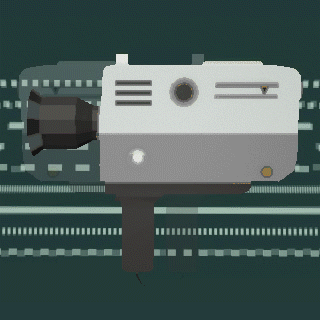 Home
Tactics
Lucy Parsons Labs
Donate
Home
Tactics
Lucy Parsons Labs
Donate

Video monitoring is the most well-known part of Chicago's surveillance infrastructure, consisting of a network of well over 50,000 cameras (including cameras on the CTA). This system is operated by Chicago's Office of Emergency Management (OEMC).
The locations of the subset of cameras operated by CPD and DHS are known, as they are not intended to be covert. A map of these "blue light" cameras - so called due to the flashing bright blue light on some of the older cameras operated by CPD also known as "Police Observation Devices" or PODs - in Operation Virtual Shield (OVS) is below. These locations were acquired through FOIA by the author.
However, the locations of the cameras connected into the Private Sector Camera Initiative - wherein private cameras from Chicago businesses and sister agencies allow their feeds to be accessed by the city - are not publically known. The author attempted to FOIA for their locations, but was denied due to "privacy reasons". Other Chicago agencies with a significant number of cameras in the network include Chicago Public Schools (CPS), Chicago Transit Authority (CTA), Chicago Housing Authority (CHA), Midway and O'Hare airports, and Chicago Park District.
The cameras purchased by the city - ignoring the significant maintenance costs - cost from $12,000 to $29,000, depending on the version of the camera. Given that the city has thousands of cameras, this puts the cost of the camera system at least at tens of millions of taxpayer dollars. Older cameras are clearly denoted with the logo of the Chicago Police Department along with a bright blue light. Newer cameras are nondescript and blend into the environment.
The cameras in Operation Virtual Shield have pan and zoom capability, and are able to zoom in close enough to read a license plate or to capture a still shot for facial recognition purposes.
Police claim a reduction in crime in the vicinity of the cameras. However, no experimental study has been performed that controls for the many other confounding factors that are present - including other CPD programs intended to reduce crime. Agencies like the CTA claim that hundreds of arrests have resulted at least in part from their cameras.
There are numerous privacy implications associated with a pervasive video monitoring system. While the cameras capture people moving in public spaces, Chicago residents' reasonable expectation of privacy may not extend to cameras capturing their attendance at political meetings, religious events, or medical appointments. Video surveillance as widespread as in Chicago may constitute a real threat to freedom of expression and association.
In addition, there need to be clear privacy policies governing the collection and storage of footage from the OEMC video surveillance system. There should not be indefinite storage of data captured from cameras unless related to an ongoing investigation. An important accountability issue concerns the detection and prevention of abuse by camera operators that may use the cameras to monitor and track Chicago residents without a legitimate public safety or law enforcement purpose. It is currently unknown how often this occurs.